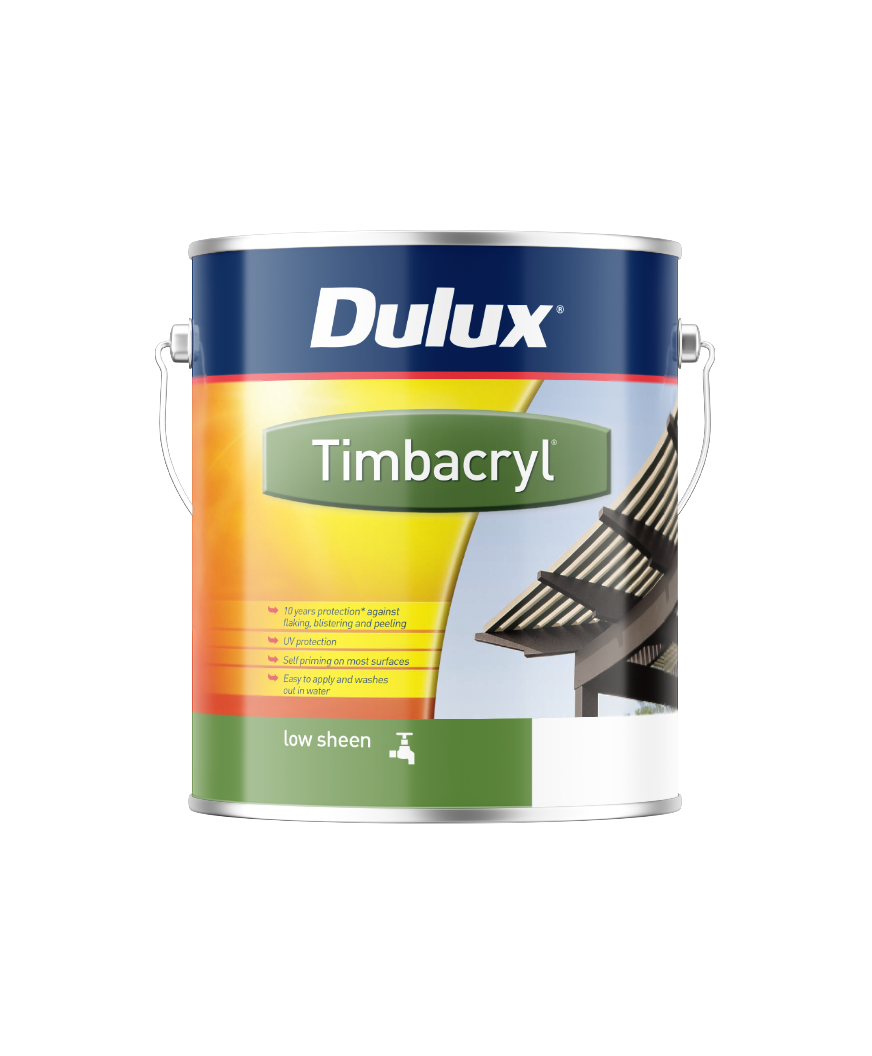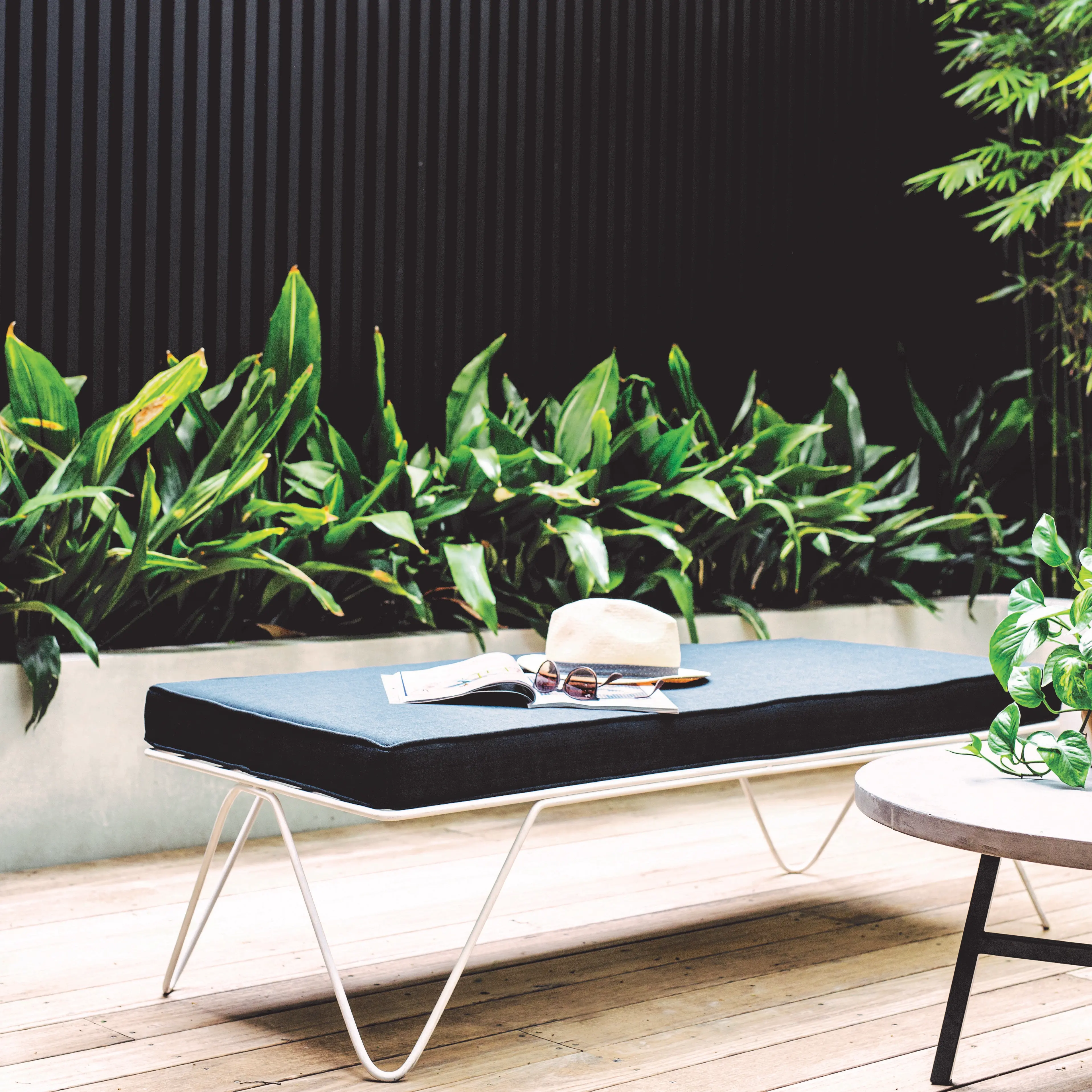Timbacryl®

Dulux Timbacryl® provides a high opacity, long-lasting, Low Sheen, 100% acrylic finish for exterior timber and is ideal for fences and pergolas. Dulux Timbacryl® colours have been carefully chosen for their ability to blend with both the natural environment and today's building materials. Timbacryl® also comes in a large selection of Dulux Colours of New Zealand® colours, so you can match your timber features to your paint colours.
- Range
- Dulux Timbacryl
- Key Points
- UV Protection
- Self-priming on most surfaces
- Water-based
- Warranty
- 10 year guarantee*
*Refer to product label for full conditions. This guarantee does not limit and may not necessarily exceed your rights under the Consumer Guarantees Act 1993.
- Project
- Exterior features such as decking, fences, fascia boards, timber furniture, bricks, masonry, fibre cement sheeting, Zincalume® and galvanised iron.
- Surfaces
- Dressed and rough-sawn timber, bricks, masonry, fibre cement sheeting, Zincalume® and galvanised iron.
At a glance
10-year guarantee*
100% acrylic paint
Made in New Zealand
Same day recoat and easy clean up
Pretinted colours available
Eco Choice Aotearoa approved

Shop with us when you want, how you want.
Trade Direct
Download the Trade Direct app today and shop with us when you want, how you want.
Quick guide
- Application tools
- Brush, Roller, Spray
- Cleaning materials
- Water
- Touch dry
- 20 minutes
- Re-coat time
- 2 hours
Related products
Get detailed information about the physical and chemical properties of our products.
Advice for those challenges that arise in your busy and varied days.
Browse Dulux specifications, product datasheets, substrate information and safety data sheets.
